#Lampyridae
Text

A California pink glowworm (Microphotus angustus), the larval form of a firefly, in Windy Hill Open Space Preserve, California, USA
by Ron Wolf
#california pink glowworm#fireflies#glow worms#beetles#Microphotus angus#microphotus#lampyridae#coleoptera#insecta#arthropoda#wildlife: california#wildlife: usa
1K notes
·
View notes
Text
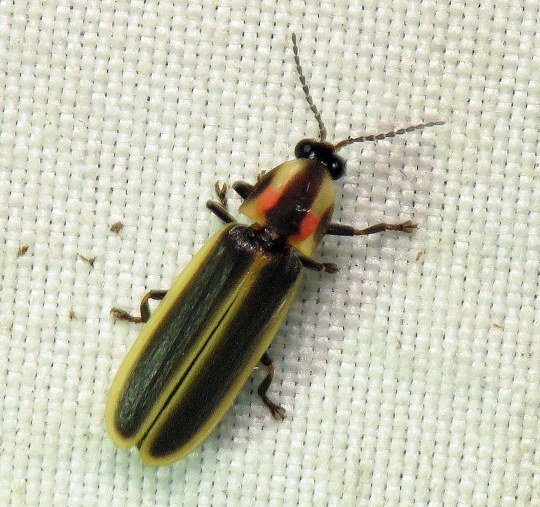
Bug of the Day
This neatly-colored firefly appears to be Pyractomena sp., not a genus I see too often. I did not get to see it light up but it was still pretty cool.
227 notes
·
View notes
Text


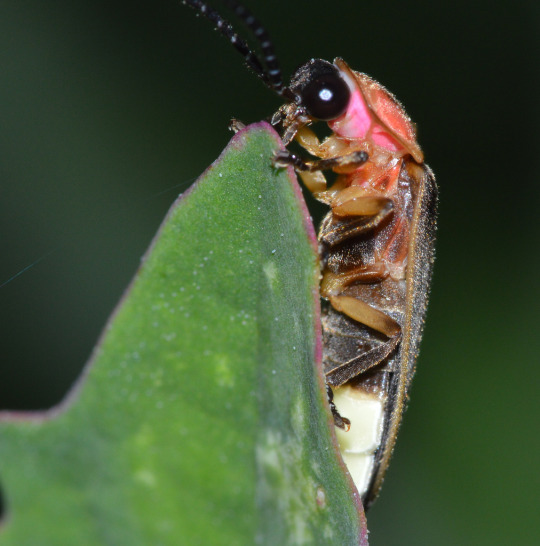
A Night Out with the Eastern Firefly
The eastern firefly, or North American firefly (Photinus pyralis), is a popular sight throughout the United States and southern Canada east of the Rocky Mountains. They are commonly associated with the beginning of summer, as they spend the winter hibernating underground and emerge only when the weather begins to warm. They are commonly seen in deciduous forests, grasslands, gardens, and backyards.
Contrary to their name, the eastern firefly is actually a type of beetle with well-developed wings. Adults are quite small, only 10-14 mm (0.39-0.55 in) long. They have a yellow and red head and a dark brown body with a narrow yellow stripe marking the outline of the wing casings. The main difference between the two sexes is the length of their wings; males have longer wings and are capable of flight, while females have shorter, less functional wings. Both sexes have a special organ on the end of their abdomens that produce light; however, the female's light tends to be weaker. The North American firefly produces its light by combining oxygen with a chemical called luciferin; the resulting chemical reaction gives off a glow which is amplified by special reflective cells in the firefly's abdomen.
Like all fireflies, P. pyralis uses its light producing ability to attract a mate. Males flash only while flying, in bursts about 6 seconds apart. Once a female signals her interest-- also by flashing-- the male lands near her and offers her a package called a spermatophore made of sperm, protein, and nutrients. If the female accepts, she inseminates herself and buries the rest of the package with her clutch of about 500 eggs. These eggs, which glow slightly during development, hatch about 4 weeks after being laid, and the larvae feed on the remains of the nutrient-rich spermatophore. The larvae can take one or two years to develop, and spend most of their time underground or near sources of fresh water like lakes and streams. Once the larva pupates and develops into an adult firefly, they only live in this stage for about a month before dying.
Both larva and adult eastern fireflies are predators, feeding on other insects like worms, snails, and other fireflies. However, larva spend almost all their time hunting for food, while adults spend the majority of their time seeking out a mate. To avoid predation, P. pyralis can emit foul-smelling odors and excretion of sticky substances; they also emit a chemical called lucibufagin that repells spiders. However, other species of fireflies will actually mimic the light patterns of the eastern firefly in order to predate upon them.
Conservation status: The North American firefly is currently considered Least Concern by the IUCN. However, they are threatened by light pollution, pesticides, and habitat loss.
Photos
Judy Gallagher
Katja Shultz
Sydney Penner via iNaturalist
#eastern firefly#north american firefly#Coleoptera#Lampyridae#rover fireflies#fireflies#beetles#insects#arthropods#deciduous forests#deciduous forest arthropods#grasslands#grassland arthropods#urban fauna#urban arthropods#animal facts#biology#zoology#ecology
135 notes
·
View notes
Text

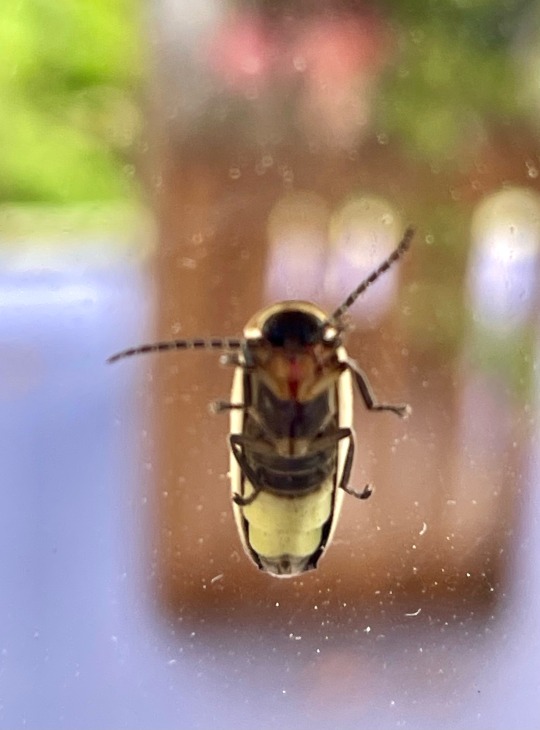
Lightening bug friend aka firefly friend. It hung out on the glass of the door most of the day. I hope its evening will be…lit. 😎 These are the kind of fireworks I like.
304 notes
·
View notes
Text
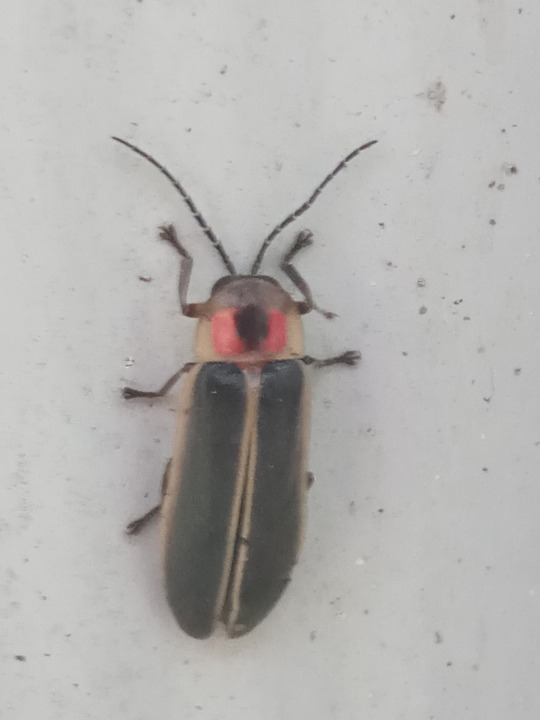
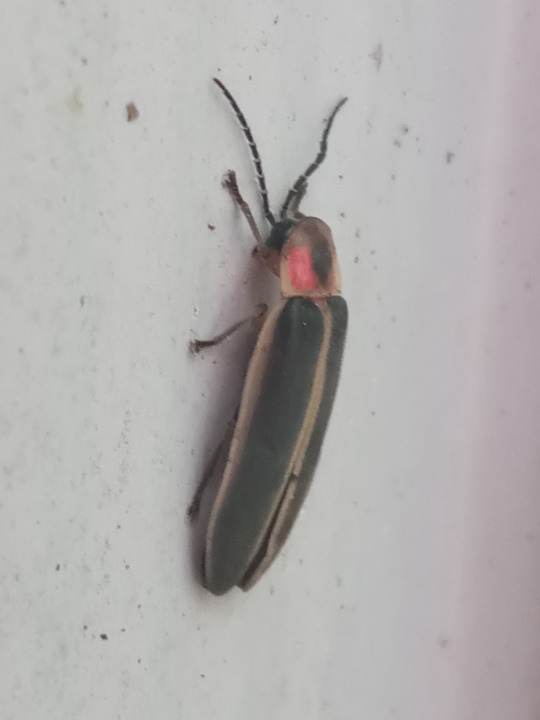
[PHOTOS TAKEN: JULY 1ST, 2023 | Image IDs: Two photos of a black, red, and yellow firefly on a dirty white metal surface /End IDs.]
#fireflies#lightning bug#lampyridae#coleoptera#insects#insect#bug#bugs#bugblr#entomology#arthropods#invertebrates#inverts#photos#photo#Wasp House Sights#beetle#beetles
78 notes
·
View notes
Text


38 notes
·
View notes
Photo

Black Firefly
Lucidota atra
Lampyridae
Photograph taken on June 18, 2023, at Purdon Conservation Area, Lanark Highlands, Ontario, Canada.
#wildflowers of southern ontario#Black Firefly#firefly#insect#Lucidota atra#Lucidota#Lampyridae#Purdon Conservation Area#conservation area#lanark highlands#ontario#canada#nature
23 notes
·
View notes
Text

Firefly (Lampyridae), Japan
Photo from Aflo
#lampyridae#firefly#insects#entomology#beetles#coleoptera#animals#wildlife#nature#blue#nocturnal insects
16 notes
·
View notes
Text

Photinus pyralis lantern 🫴💡
#bug art#bug#bugs#bugblr#insect art#entomology#insects#insect#id in alt#beetle#Photinus pyralis#firefly#fire fly#lightning bug#big dipper firefly#Lampyridae#coleoptera
57 notes
·
View notes
Text

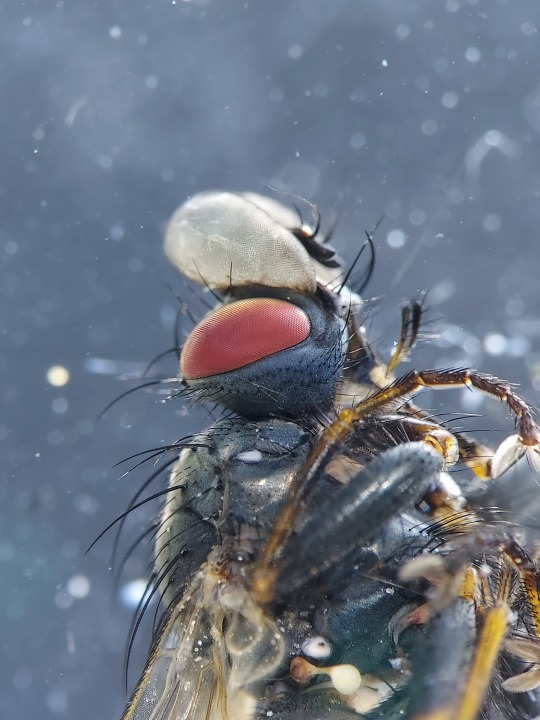
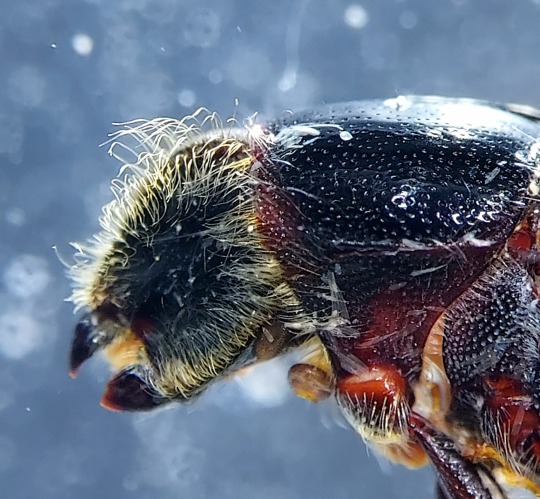

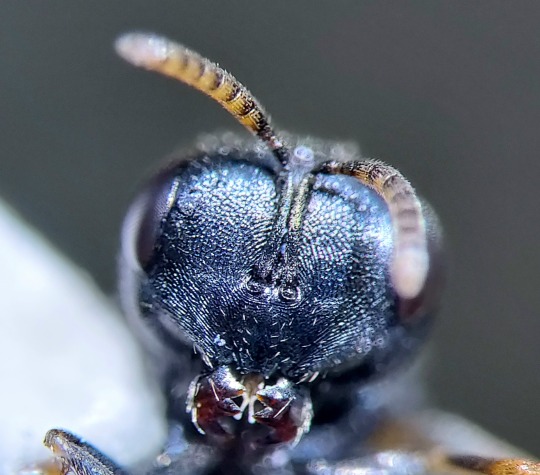

assorted portraits of animals i saw at work
21 notes
·
View notes
Photo

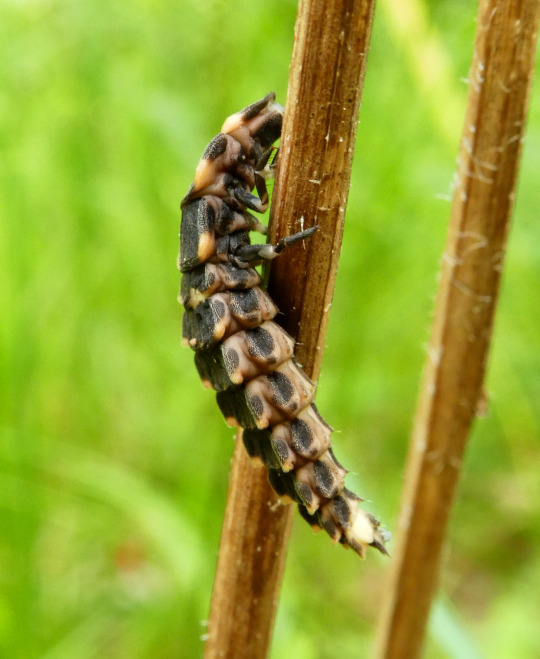
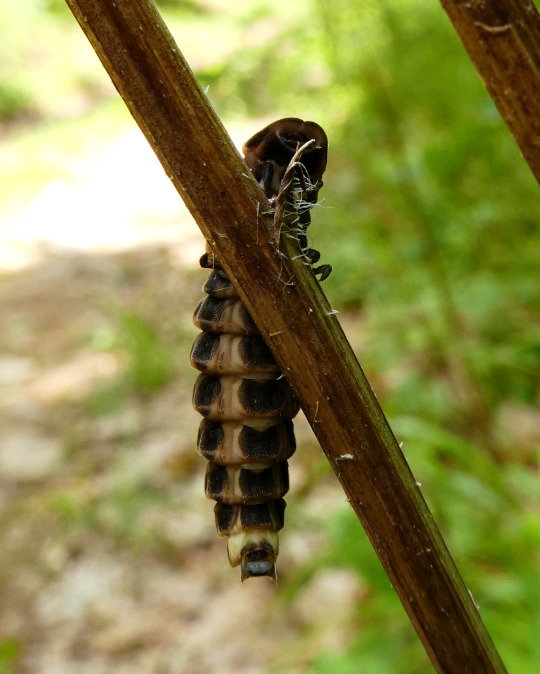
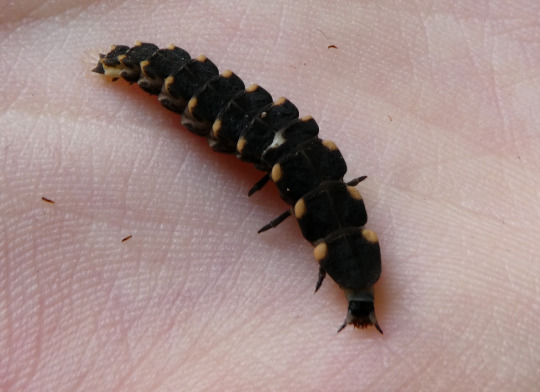
firefly larvae
-L.F.
58 notes
·
View notes
Text

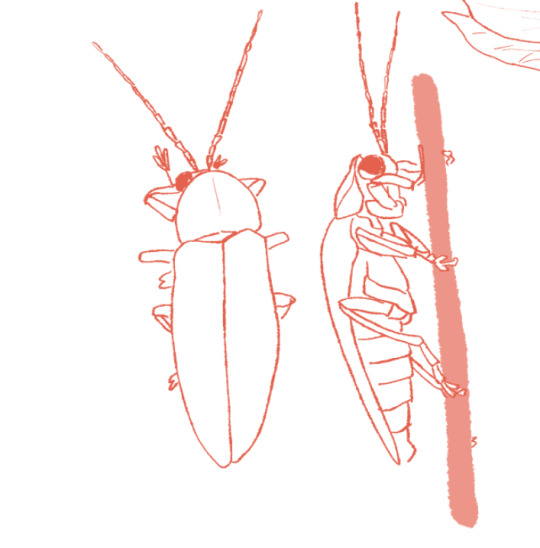
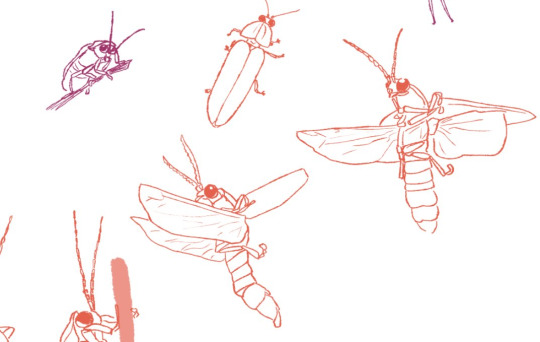
bug hours
52 notes
·
View notes
Photo
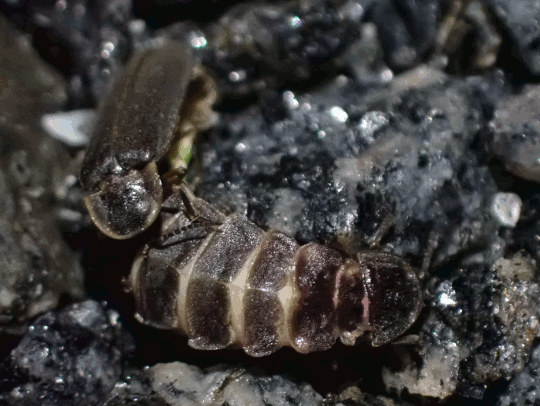
17 notes
·
View notes
Text
Uncharismatic Fact of the Day
Fireflies are masters of clean energy; members of the family Lampyridae have a special organ to produce their light, and nearly 100% of the energy produced in that chemical reaction is emitted as light.

(Image: A common eastern firefly (Photinus pyralis) lights up the night by Stephen Marshall)
If you like what I do, consider leaving a tip or buying me a ko-fi!
111 notes
·
View notes
Text
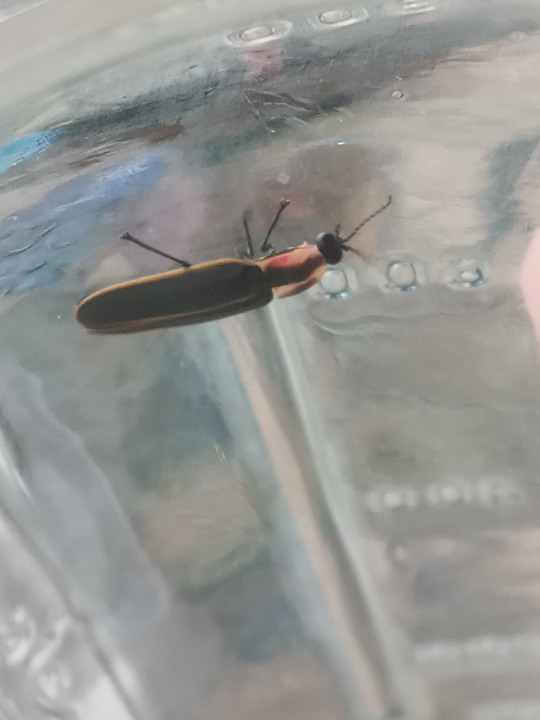


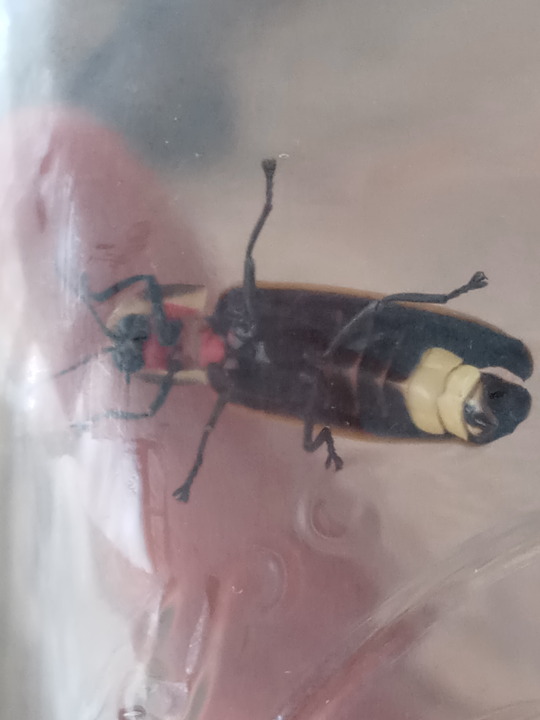

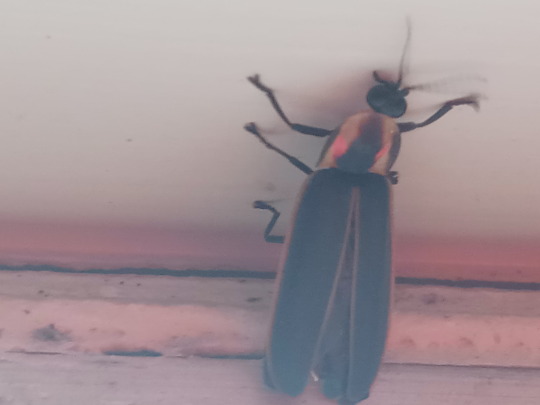
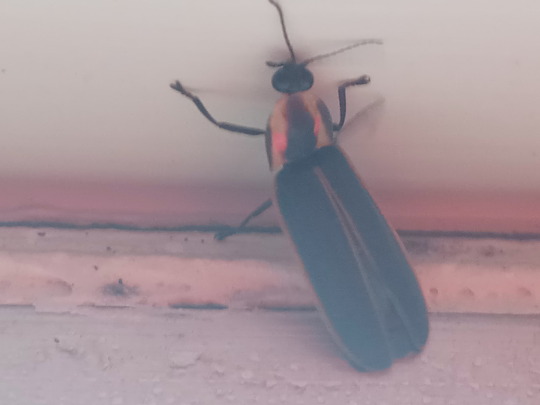

A firefly I helped out of my kitchen this morning!
#lampyridae#Firefly#Fireflies#Lightning bug#Lightning bugs#Beetles#Beetle#Coleoptera#Insects#Insect#Bugs#Bug#Arthropod#Entomology#Photo#Photos#Wasp House Sights
8 notes
·
View notes
Text
Black Firefly (Lucidota atra)


Look at this funky guy! But why are we seeing it during the day? Fun fact, while all firefly larvae can glow, as a deterrence from predators, not all can into adulthood. This is because lighting up also evolved as a mating signal for those with a nocturnal lifestyle. For dinural species, like this guy, they instead will detect mates via the pheromones released from their antennae.
#luciodata atra#firefly#fireflies#insects#nature#entomology#bugs#lampyridae#coleoptera#north american species#my photos
12 notes
·
View notes